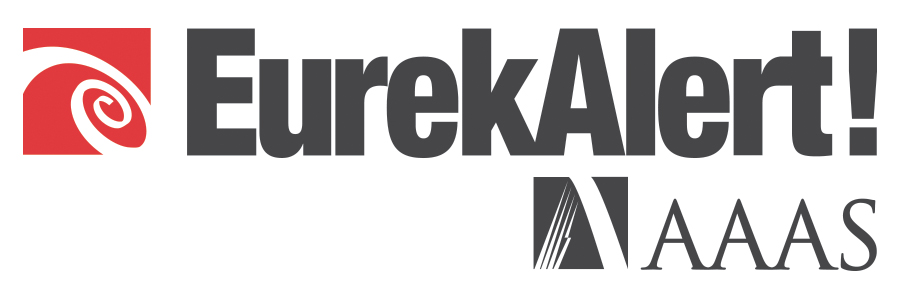
May 29, 2019 — A study led by Columbia Mailman School examined the U.S. Department of Housing and Urban Development (HUD) Rental Assistance Demonstration (RAD) program to understand residents’ experiences and their perspective on the program. The study published in Housing Policy Debates is among the first to examine the impact of RAD which aims to improve and preserve affordable housing by converting traditional public housing to rental assistance. The results from one of the first sites in the U.S. to successfully undergo the RAD conversion indicate notable, and mostly positive, results associated with conversions according to residents.
RAD is the latest HUD-sponsored initiative to preserve public housing while addressing deferred maintenance and its ill effects.
“Our research is especially relevant as housing authorities across the U. S. proceed to implement RAD, particularly in large urban areas,” said Diana Hernández, PhD, assistant professor of Sociomedical Sciences, and first author.
Hernandez and colleagues conducted 30 in-depth interviews with residents at three RAD sites in Central California. The study findings include four main outcomes associated with the RAD conversions according to residents: upgraded heating/cooling systems and appliances; improved unit layout and conditions; perceived safety and connectedness; and enhanced resident resources and pride of place.
“Our study is unique in that it examines the impacts of a federal program that incorporates major renovations and returns residents to their original residences after a temporary relocation. This approach builds upon previous efforts to address issues endemic to the national public housing model.”
Residents reported being pleased with aesthetic upgrades, improved thermal comfort, increased feelings of pride, and improved tenant relations after the renovation. However, safety concerns and pest infestations were not completely resolved.
“Our results provide clear and original policy recommendations that could be adopted to improve program implementation at future RAD sites, including improved resident education and engagement and the need for ongoing evaluation of the impacts of the RAD conversion process.” noted Hernández.
###
Co-authors are Uyen Sophie Nguyen, Columbia Mailman School; and Tiana Moore and Sarah Lazzeroni, Columbia Teachers College.
The study was supported by the U.S. Department of Housing and Urban Development [H:21666CA] and the National Institute of Environmental Health Sciences (P30ES009089).
Columbia University Mailman School of Public Health
Founded in 1922, the Columbia University Mailman School of Public Health pursues an agenda of research, education, and service to address the critical and complex public health issues affecting New Yorkers, the nation and the world. The Columbia Mailman School is the third largest recipient of NIH grants among schools of public health. Its over 450 multi-disciplinary faculty members work in more than 100 countries around the world, addressing such issues as preventing infectious and chronic diseases, environmental health, maternal and child health, health policy, climate change & health, and public health preparedness. It is a leader in public health education with over 1,300 graduate students from more than 40 nations pursuing a variety of master’s and doctoral degree programs. The Columbia Mailman School is also home to numerous world-renowned research centers, including ICAP and the Center for Infection and Immunity. For more information, please visit //www.
Disclaimer: AAAS and EurekAlert! are not responsible for the accuracy of news releases posted to EurekAlert! by contributing institutions or for the use of any information through the EurekAlert system.

